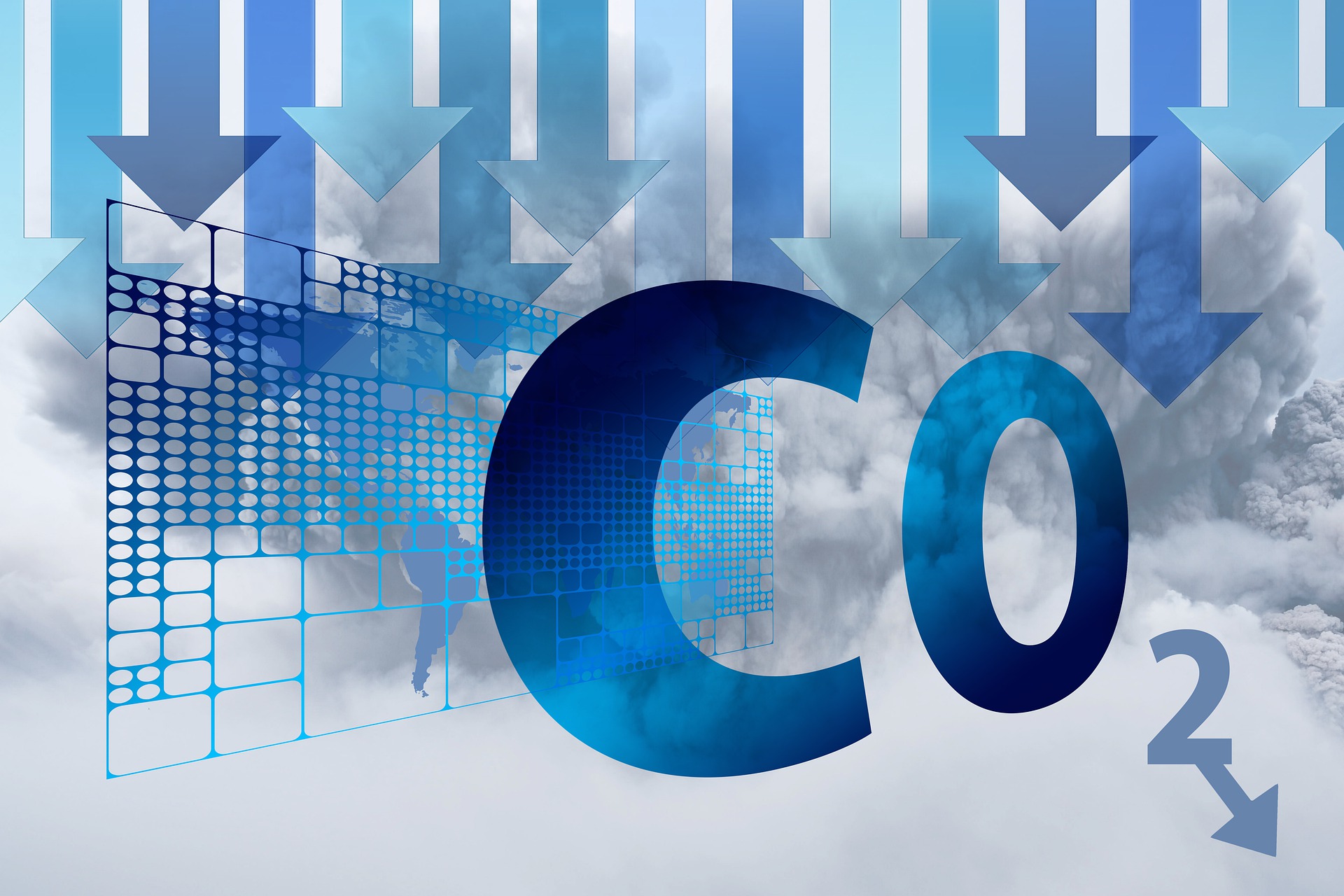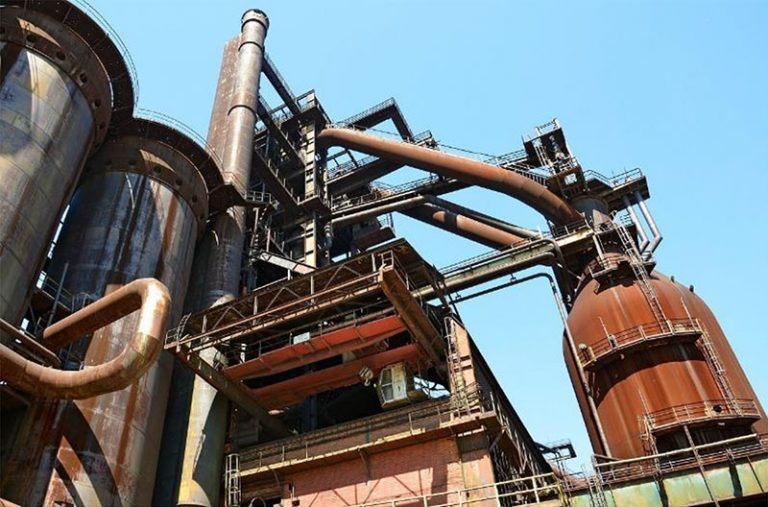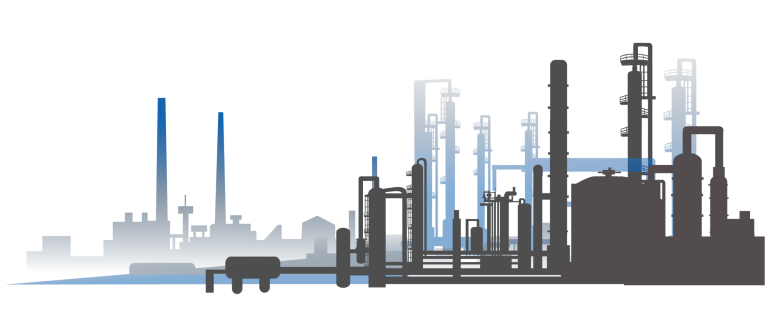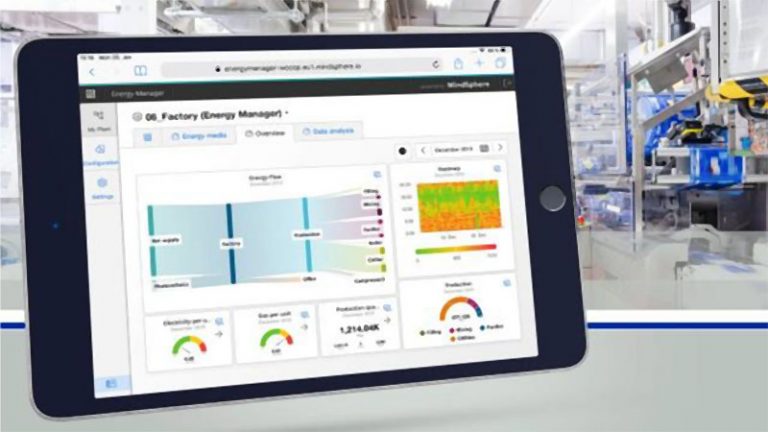Climate change issues due to the global warming are widely discussed all over the world. The urgency to take action on the matter is getting more and more pressing, but the counter-measures are moving comparably slower than the non-environmentally-friendly activities. The World Meteorological Organization (WMO) study shows that in 2020 the CO2 concentration has reached 413.2 ppm, a 149% increase compared to pre-industrial level. The economic slowdown from COVID-19 did not have any obvious impact on the atmospheric levels of greenhouse gases and their growth rates, although there was a temporary decline in new emissions.
One way to help in accelerating the carbon reduction effort is to implement the carbon credit accounting and trading, as stipulated in Article 6 of the 2015 Paris Agreement. The idea is that, under Article 6 of the 2015 Paris Agreement on climate change, if one country pays for carbon emissions to be reduced in a second country, the first country can count those reductions towards its own national targets. If done right, analysts at the Environmental Defense Fund (EDF) say this international emissions trading could almost double global emissions reductions between 2020 and 2035. It could also cut the financial cost of meeting current Paris Agreement emissions pledges, which aim to keep global average temperature rise well below 2 degrees over pre-industrial era, by 59% to 79% (Time, 2019).
Considering Indonesia’s account as one of the lungs of the planet, its potential is massive in leading the implementation of carbon credit accounting and trading. In 2021 the Government of Indonesia resubmitted an updated Nationally Determined Contribution (NDC) to the UN. The target is to reduce carbon emission to 29% (unconditionally) or 41% (with international support) by 2030 compared to Business-As-Usual (BAU). This target equals to 834 million ton CO2e or 1,185 million ton CO2e carbon reduction, respectively.
Indonesia’s NDC divided the carbon reduction measures into four sectors, AFOLU (Agriculture, Forest, and Other Land Use), energy, waste, and manufacturing industry. The AFOLU sector is expected to gain the highest carbon reduction (61%) through various efforts in managing and controlling the rate of deforestation, restoring peatland, and adopting sustainable forest management practices. The carbon reduction from energy sector accounts for about 38%, and the mitigations cover all energy-based activity from the upstream to the end-users, including the efficiency measures in all sub-sectors, substitution of fossil fuel by renewable in power generation and transport, electrification of end use in building and in transportation, and implementation of suitable technologies.
In regards to identifying the potential carbon credit in energy sector as the efforts to reduce carbon emissions, PetroRaya (PRR) has done an internal study. The study aims to assess the carbon credit potential in Indonesia’s gas flare. In 2020, Indonesia lifted 6,600 MMSCFD natural gas and this figure roughly equals to 330 MMSCFD flare gas, assuming typical flare gas production by 5% of natural gas lifted (Indriyani,G., Hamburg Institute of International Economic, 2005). By calculating the flare gas volume and emission factor issued by the Intergovernmental Panel on Climate Change (IPCC), the carbon emission reaches up to 5.7 million ton CO2e annually, or in this case equals to 5,7 million carbon credit potential per year. This number corresponds to only about 2% from the expected carbon emission reduction in energy sector.
In a wider view, PRR’s internal study shows that although the potential from flare gas is quite massive, the overall potential in energy sector is much more extensive. This means that the urgency to identify other potentials in energy sector is much needed. Through long exposures in Indonesia’s energy sector, PRR is capable of assisting any parties who are actively involved in climate change issue to identify such potentials. Furthermore, PRR with its extensive networks in financial institutions, technology providers, local companies, and regulatory bodies is eager to help implementing carbon reduction projects which, in turn, could bring added value in the form of carbon credit.




